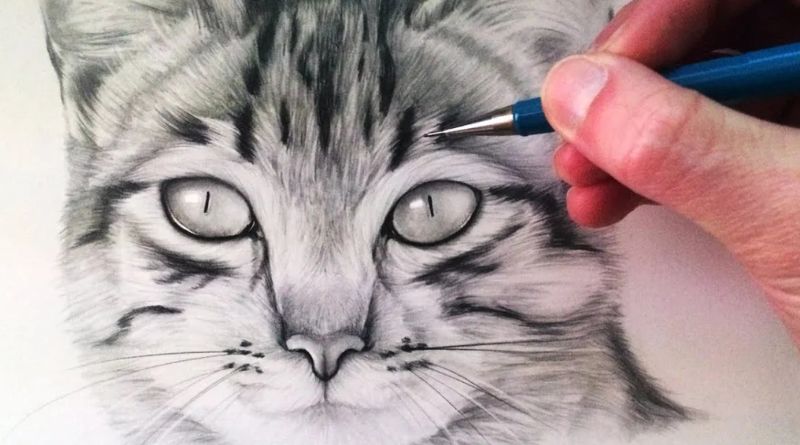In the world of art, the process of drawing is a fundamental skill that allows individuals to express creativity and capture the essence of subjects, including our beloved pets like cats. The phrase “A4Z_-YMTKR8= cat” may appear unconventional, but it represents an intriguing exploration of drawing techniques, styles, and inspiration, particularly focused on feline subjects. This article will delve into the key aspects of drawing cats, tips for improvement, and address some frequently asked questions.
Table of Contents
The Art of Drawing Cats
Drawing cats can be both enjoyable and challenging. Their unique anatomy, expressive features, and playful poses make them captivating subjects for artists. Here are some essential elements to consider when drawing cats:
1. Understanding Cat Anatomy
Before putting pencil to paper, it’s helpful to study the anatomy of cats. Familiarize yourself with their bone structure, muscle placement, and typical poses. This understanding will aid in creating more realistic and proportionate drawings.
2. Capturing Expressions
Cats are known for their wide range of expressions. Pay attention to the eyes, ears, and mouth, as these features convey a lot of emotion. Observing your own cat or referencing photos can help you capture their unique personality.
3. Exploring Different Styles
Artists can approach drawing cats in various styles, from realistic to cartoonish. Experimenting with different techniques, such as line drawing, shading, or digital art, can help you find your preferred style.
4. Practicing Sketching
Start with simple sketches to get comfortable with the cat’s shapes and proportions. Use light pencil strokes to outline your drawing, and gradually add details. Practice makes perfect, so don’t hesitate to draw multiple cats in various poses.
5. Utilizing Reference Material
Using reference images can significantly enhance your drawing skills. Look for high-quality photos of cats in different positions and lighting. These references can guide you in understanding form, texture, and color.
Tips for Improving Your Cat Drawings
- Study Real Cats: Observing real-life cats can provide insight into their movement and behavior, making your drawings more dynamic.
- Join Online Communities: Engaging with fellow artists on platforms like social media or art forums can offer support and constructive feedback.
- Take Drawing Classes: Consider enrolling in art classes that focus on animal anatomy or drawing techniques to refine your skills.
- Practice Regularly: Consistency is key. Set aside time each week to draw and experiment with different approaches.
FAQs
What materials do I need to start drawing cats?
You can begin with basic materials such as sketch paper, pencils, erasers, and possibly colored pencils or markers for added detail. As you progress, you may explore other mediums like charcoal or digital drawing tools.
How can I make my cat drawings look more realistic?
Focus on shading and texture to give depth to your drawings. Pay attention to light sources in your references, and practice rendering fur with different pencil techniques.
Is it better to draw from life or from photographs?
Both methods have their advantages. Drawing from life can improve your observation skills, while photographs allow you to capture specific poses and details. A combination of both approaches can be beneficial.
How do I overcome artist’s block when drawing cats?
Try switching up your routine by drawing different subjects, experimenting with new styles, or taking a break to clear your mind. Sometimes, simply sketching for fun without pressure can reignite your creativity.
Are there specific techniques for drawing cat fur?
Yes! Techniques like hatching, cross-hatching, and stippling can create texture for fur. Observe the direction of fur growth and vary your pencil strokes to mimic the natural look of a cat’s coat.
Conclusion
Drawing cats is a rewarding artistic endeavor that combines observation, technique, and creativity. Whether you’re a beginner or an experienced artist, there’s always room for improvement and exploration in your craft. By understanding cat anatomy, practicing regularly, and utilizing reference materials, you can develop your skills and create beautiful representations of these charming creatures. Embrace the journey of art, and let your passion for drawing cats shine through your work!



